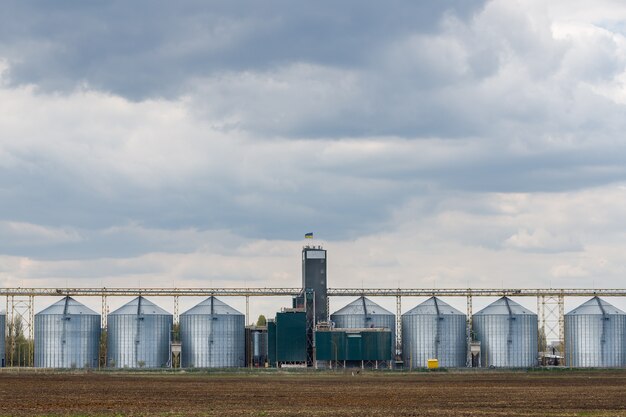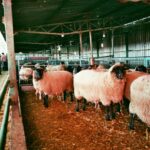Proper crop storage is essential for maintaining quality, reducing post-harvest losses, and ensuring food security. Without an effective storage system, crops are susceptible to spoilage, pest infestations, and loss of nutritional value. By implementing the right storage techniques, farmers can extend shelf life, improve profitability, and reduce waste.
Key Factors to Consider in Crop Storage
Before designing a storage system, it’s important to consider the following factors:
- Temperature Control – Proper temperature management slows down spoilage and prevents fungal growth.
- Humidity Regulation – Excess moisture can lead to mold and rot, while overly dry conditions can cause shrinkage and weight loss.
- Ventilation – Adequate airflow prevents heat buildup and reduces the risk of pest infestation.
- Pest and Rodent Control – Sealing storage structures and using natural deterrents can help protect crops from damage.
- Storage Duration – Different crops have varying shelf lives, so storage methods should be tailored accordingly.
Steps to Building an Effective Crop Storage System
1. Choose the Right Storage Type
Different crops require specific storage methods to maintain freshness and prevent spoilage:
- Dry Storage – Used for grains, beans, nuts, and seeds. This system requires low humidity, proper aeration, and moisture-proof containers.
- Cold Storage – Suitable for perishable crops like fruits, vegetables, and dairy products. Refrigeration or root cellars help maintain freshness.
- Controlled Atmosphere Storage – Used for apples, potatoes, and some vegetables, this system regulates oxygen and carbon dioxide levels to slow down ripening.
- Underground or Pit Storage – Traditional methods such as dugout pits or clay structures help preserve root crops like potatoes and carrots.
2. Construct a Well-Designed Storage Facility
For long-term storage success, the facility should be:
- Well-Insulated – Prevents temperature fluctuations and reduces energy costs.
- Properly Sealed – Keeps pests, rodents, and excess moisture out.
- Easily Accessible – Ensures convenient loading, unloading, and monitoring of stored crops.
3. Install Proper Ventilation and Temperature Control
Good airflow is essential for maintaining crop quality. Some effective methods include:
- Natural Ventilation – Open vents or windows to allow air circulation in dry storage.
- Mechanical Ventilation – Use fans or blowers in larger storage units to prevent heat buildup.
- Cooling Systems – Refrigeration or evaporative cooling methods help maintain freshness for perishable goods.
4. Use Moisture and Pest Control Measures
To prevent spoilage and contamination, implement the following:
- Silica Gel or Dehumidifiers – Reduce excess moisture in dry storage areas.
- Pest-Resistant Bins and Bags – Airtight containers protect grains and seeds from insects and rodents.
- Natural Pest Deterrents – Use neem leaves, diatomaceous earth, or other natural repellents to keep insects away.
5. Regular Monitoring and Maintenance
Routine inspections help detect spoilage, pests, or storage failures early. Farmers should:
- Check temperature and humidity levels regularly.
- Rotate stored crops using the “first in, first out” method to prevent older stock from going bad.
- Clean and sanitize storage areas periodically to prevent contamination.
Building an efficient crop storage system is essential for preserving quality, reducing losses, and increasing farm profitability. By selecting the right storage method, ensuring proper ventilation and temperature control, and implementing pest management strategies, farmers can maximize the shelf life of their crops. Investing in a well-designed storage facility not only improves food security but also contributes to a more sustainable agricultural system.
Join 'Farmers Mag' WhatsApp Channel
Get the latest Farming news and tips delivered straight to your WhatsApp
CLICK HERE TO JOIN






